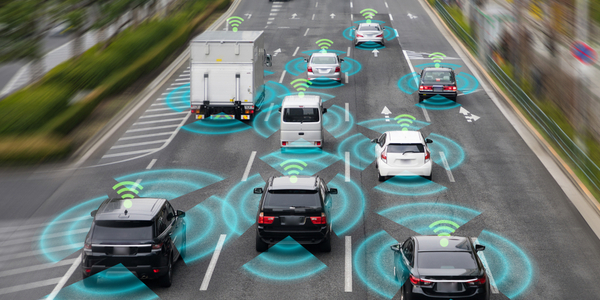The 5 Most Spectacular Car Driving Technological Advances

The 5 Most Spectacular Car Driving Technological Advances of Recent Years
The recent years have marked a spectacular advance of automobile technologies that changed the game forever. From driver assisting to performance-improving technologies, these improvements have changed our experience behind the wheel and marked an interesting shift towards a promising future of automobiles.
GPS Tracking
A very common technology, vehicles nowadays are using, is GPS tracking. The GPS system connects to the Internet to report the location of your car and helps you navigate. Parents can keep track of their teenagers when they are out on the road on their own and monitor parameters like speed and distances.
Adaptive Cruise Control
Accidents often happen during long trips. Driving for many hours on the highway can be tiring and boring, so drivers become easily distracted. With adaptive cruise control (ACC,) a servomechanism based on onboard sensors and cameras (the first camera-based ACC was used by Subaru in 1999) the car adapts its speed to the vehicles driving ahead of you.
High-Beam Automatic Control
Designed to increase visibility in conditions like rain, fog, or nighttime driving, high-beam headlamps are often left unused by drivers who simply forget to put them on or don’t feel like changing them all the time based on the traffic conditions. That’s why manufacturers like Skoda, BMW, and Cadillac introduced high-beam automatic control in the past decades.
The more modern systems, like camera-based high-beam control, was first used by Jeep in 2005, while the latest technology – adaptive high-beam – is used by Mercedes-Benz. It adjusts the high-beam headlights to the maximum visibility range while still protecting the oncoming drivers from the glare.
Autonomous Vehicles
What was the pinnacle of futurism in automobiles in 19th-century literature? Self-driving cars, right? Well, we have fulfilled this dream with the newest technology in smart cars, which uses sensors, built-in cameras, an EPS motor, and machine learning technology to allow a vehicle to drive itself. Because they promise to reduce numerous occasions for human error, autonomous driving cars may play a crucial role in reducing car accidents and road casualties.
Communication Between Vehicles
A lot of modern driver-assisting technologies rely on on-board sensors to monitor the road conditions and calculate the best course of action. But, with more and more cars having modern built-in systems, it’s only natural to use the Internet and their data collecting systems to start communicating with one another and make the traffic even more predictable and thus, safer.
The Future of Automobile Technology Looks Bright
With AI and machine learning integrated into the newest car technologies, the future holds many promising advances for drivers. Besides making the roads safer and the driving experience more pleasant, modern automobile technology also focuses a lot on building green vehicles that won’t release toxic gases in the atmosphere.
Electric cars, cars that learn through AI and ML and cars that are connected to your home and your portable devices are all part of a revolution in the industry and the way we live our daily lives. With these exciting things in mind, we can’t wait to see what the big car companies are preparing for the next decade!

